Jacqueline L Jacobson
Posts by Jacqueline L Jacobson
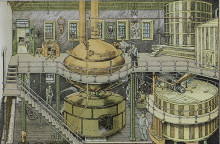
The University of Michigan presents a new online exhibit: The Reflection of Technology in Brewing. This exhibit focuses on the swift changes that the brewing industry underwent from the late eighteenth century to the mid-twentieth century.

This month’s recipe is a lemon cake from Culinary gems : a collection of choice recipes gathered with care from the treasures of culinary experts, published in Westfield, Massachusetts in 1884.
Lemon was an extremely common flavor for desserts and pastries in the 19th century -- almost the default neutral flavor, the way vanilla is now. Although vanilla was known in Europe as a flavoring by the 16th century (there’s an article on it in Diderot’s Encyclopédie of 1765) and a commercial extract was available in the US from at least 1847, it overtook lemon in cakes and pies only slowly
Lemon was an extremely common flavor for desserts and pastries in the 19th century -- almost the default neutral flavor, the way vanilla is now. Although vanilla was known in Europe as a flavoring by the 16th century (there’s an article on it in Diderot’s Encyclopédie of 1765) and a commercial extract was available in the US from at least 1847, it overtook lemon in cakes and pies only slowly
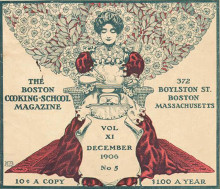
American Culinary History materials are full of representations of women and femininity These images are occasionally realistic, often absolute fantasy, and and sometimes somewhere in between.
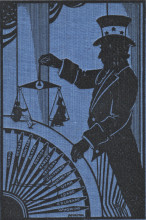
Every year, March the 14th, 3/14 or 3.14, is Pi Day. Once century, however, the date is 3/14/15, making it an extra special Pi Day. Tomorrow is such a day. In celebration, we present a Suffragist pie recipe from a 1915 suffrage charity cook book.
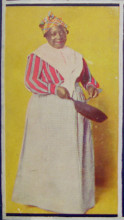
One thread that runs through Southern cookbooks is the figure of the African American in the kitchen.
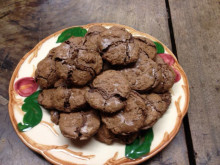
Historic American recipes for chocolate baked goods are much less intense than modern ones.19th and early 20th century American recipes for chocolate cakes and cookies, such as this month's recipe from Emma Francis Voris' ca.1893 New Columbian White House Cookery are quite mild.
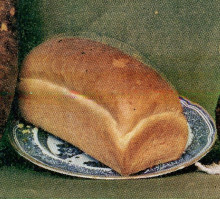
This month's recipe is "the Golden Loaf of South Carolina" from Sarah Tyson Rorer's 1899 _Bread and Bread-making: How to Make Many Varieties Easily and with the Best Results_ Rorer was involved in the Cooking School Movement, which advocated for standard measures and exact directions in recipes. While the recipe below is not as explicit as what a 21st century cookbook reader is used to, it goes into considerable detail compared to the average late-19th c. bread “receipt”
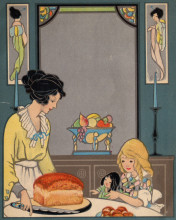
American Culinary History materials are full of representations of children and childhood: sometimes realistic, sometimes wholly fantastical, with adults present or without them.
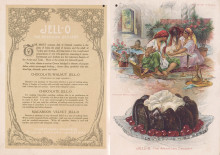
Talk and reception to celebrate the upcoming online exhibit "Jell-O: America’s Most Famous Dessert At Home Everywhere." Dr. Nicole Tarulevicz of the School of Humanities at the University of Tasmania speaks at 5:00 p.m. Using materials drawn from the culinary ephemera holdings of the Janice Bluestein Longone Culinary Archive at U-M Library, the exhibit explores how the Jell-O company’s early 20th century advertising used depictions of the exotic to sell the product to Americans.
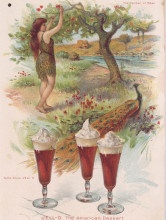
Early 20th century advertising materials for Jell-O contain striking representations of age, race, class, gender, nationality, regionality, and other vectors of identity; whether self-defined or other-imposed. In January, we’ll unveil a digital exhibit, guest curated by Dr. Nicole Tarulevicz, on depictions of the exotic in early 20th century Jell-O advertising. There will be an exhibit opening and reception, with a talk by Dr. Tarulevicz, January 12th, 4:30-6pm, in the Hatcher Gallery